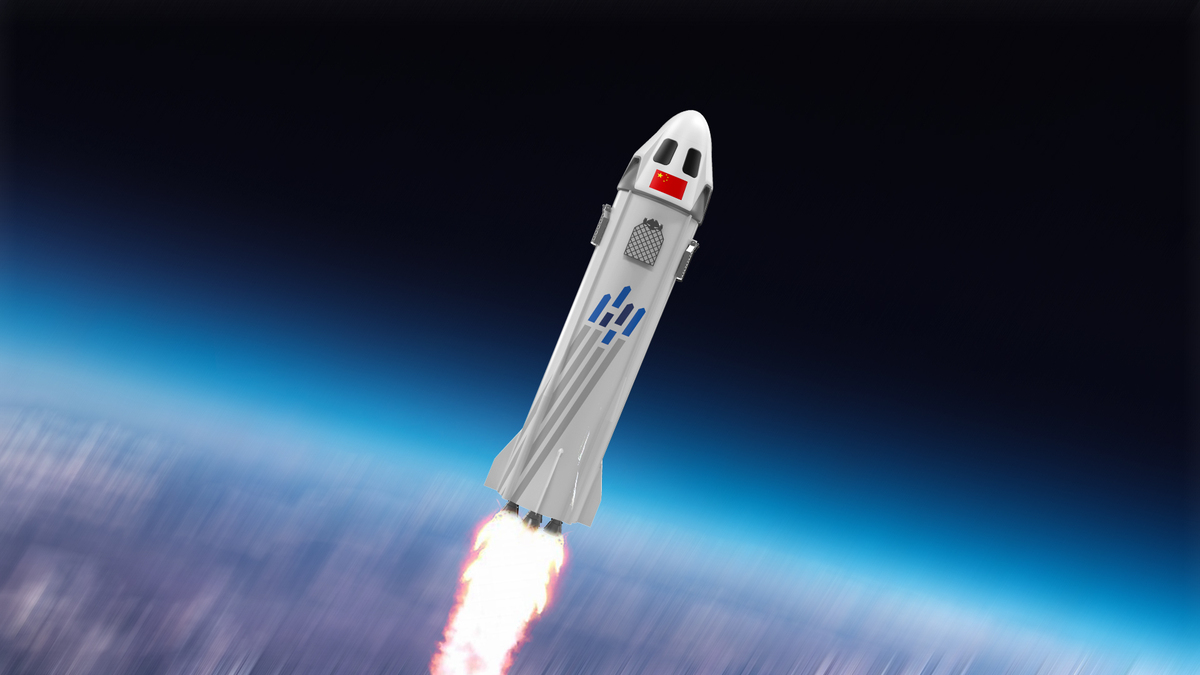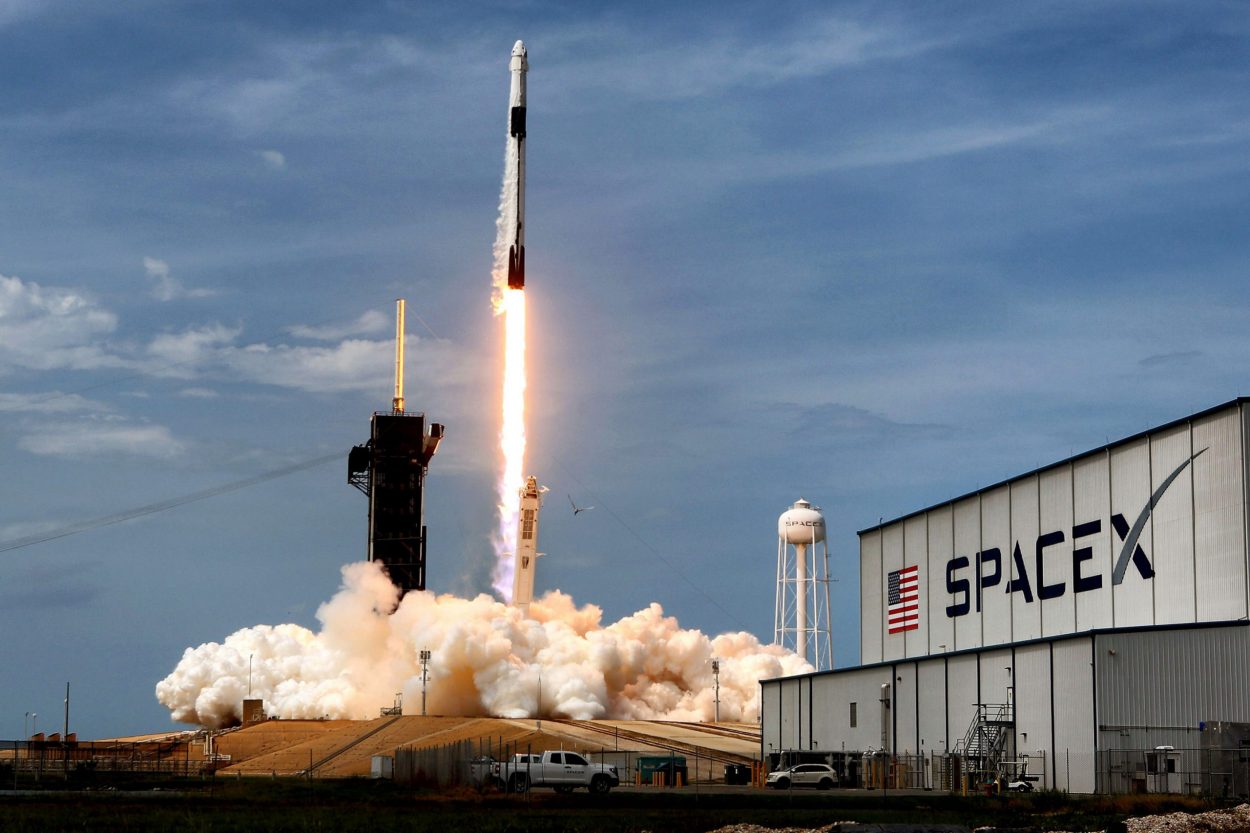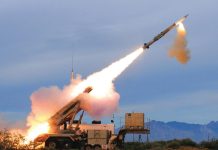Beijing could soon be able to transport its first paying travelers to the edge of space as early as 2025, with tickets likely costing between 2-3 million yuan ($286,400-$429,600), according to the country’s senior rocket scientist said.
Russian Su-35 Fighters ‘Challenge’ Rafales, Eurofighter Typhoons As Turkey Struggles To Get Approval For F-16s From The US
Commercial space tourism will be in “full bloom” in 2027, according to Yang Yiqiang, who founded a government-backed company to investigate the commercial use of rockets. He has also served as general director of the Long March 11 rocket project in 2018.
The commercial space sector in China has transitioned from a 1.0 era characterized by fundamental manufacturing and research and development (R&D) to a 2.0 era powered by applications and market forces, Yang explained in an interview with Global Times.
The sector is expected to catch up with the development level of the US within ten years. China Daily had earlier reported that up to seven visitors might fly at once to a height of more than 100 kilometers.
Yang said that suborbital travel was more technically developed and suited for the majority of people in comparison to other forms of space travel. Passengers would experience a brief period of weightlessness during the 10-minute trip that would take them above the Kármán line, the line separating earth’s atmosphere from space, noted SCMP.

Last year, CAS Space said it was developing a single-stage, reusable rocket and spacecraft that would enable space flight. The spacecraft would detach once the rocket reached the Kármán line and continue to travel through the air due to inertia.
Although the spaceship would return with its parachute, the rocket would re-enter the atmosphere and make a soft landing using just its engines.
The Chinese Academy of Sciences owns a part of CAS Space, which was established in 2018. It is one of the major newly established commercial Chinese launch firms.
The business was reported to have inked a collaboration agreement with China Tourism Group, the largest state-owned travel company in the nation, in July, promising to work together to promote commercial space technologies and develop a new space economy, including space tourism.
It will undergo a series of unmanned test flights beginning next year before transporting paying passengers. In 2021, China had 370 commercial space-related enterprises, swiftly catching up to the US in this domain.
Meanwhile, Virgin Galactic previously announced that it would begin offering space flights for $450,000 per ticket. Last year, Elon Musk’s SpaceX launched four private passengers into orbit, making it the first space flight without trained astronauts.
SpaceX stated that the craft with a civilian crew orbited the earth for three days at around 575 kilometers, higher than the existing orbits of the space station. In August, Jeff Bezos’ business venture Blue Origin, which provides space flight services, finished its sixth human space flight mission.

China’s Growing Footprint
The announcement came when major economies were engaged in a vigorous race for market share in the expanding space industry.
On September 9, US Vice President Kamala Harris urged agencies to submit plans to approve and oversee “commercial space activities” over the next six months to keep the country at the forefront of the industry. China is likewise making efforts to advance this sector at a good rate.
The market size of China’s commercial space industry submitted an annual compound growth rate of 22.09 percent between 2015 and 20 as a result of a comprehensive array of intellectual property rights the country possesses, a system for nurturing talent, and support from the central government.
The scope of domestic and commercial space enterprises is quite limited. Only a few companies’ rockets and satellite businesses are profitable, meaning they are still in the “accumulation” stage, Yang noted.
The US began supporting the commercialization of the space industry in the 1980s, and by the time SpaceX was founded in 2002, the sector had largely reached maturity.
In comparison, China started actively promoting private businesses to expand the commercial space industry in 2015. However, the sector has already begun to take shape after seven years of rapid expansion in a wide range of areas, including rocket launches, the development of satellite and ground equipment, satellite operation, and satellite application.
- Contact the author at ashishmichel@gmail.com
- Follow EurAsian Times on Google News




